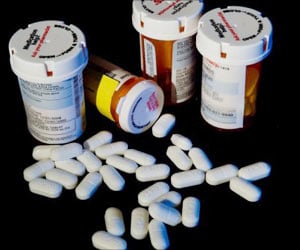
‘Twitter can be used to track the spread and dynamics of opioid misuse across the country.’
Tweet it Now
Chary and his team analyzed more than 3.6 million tweets and found that the information about opioid misuse was significantly correlated with federal surveys over the last three years.The research group curated a list of keywords related to the misuse of prescribed opioids. Based on these keywords, the software extracted English-language tweets between the years 2012 and 2014.
In the process 3,611,528 tweets all containing at least one of the selected keywords about the misuse of prescribed opioids were selected.
The software then identified linguistic characteristics that distinguished tweets that credibly mentioned opioid misuse from spam tweets and clustered them based on semantic distance.
Medical toxicologists verified the software’s ratings on random samples of tweets.
Advertisement
NSDUH is a government funded confidential survey conducted annually by professional interviewers, and includes information obtained from about 70,000 Americans. It is commonly used to determine countrywide trends in substance use.
Advertisement
Public health researchers often use social media to study the public’s reaction to natural disasters, infectious diseases, or food-borne illnesses. But it has been more difficult to study social media for opioid misuse because the sensitive nature of the topic leads many people to discuss it in oblique language.
According to Chary, the findings from this new study show that social media can also be used to track public interest in opioid misuse, or perhaps other substances.
"We found that our estimates agreed with national survey data, suggesting that social media can be a reliable additional source of epidemiological data regarding substance use," explains Chary.
"Traditional methods of gauging opioid misuse in an area rely on compiling reports from local emergency rooms and poison control call centers. Through social media we can observe a much larger fraction of the population, perhaps intervening before things reach the level of needing emergency medical care."
Source-Eurekalert















